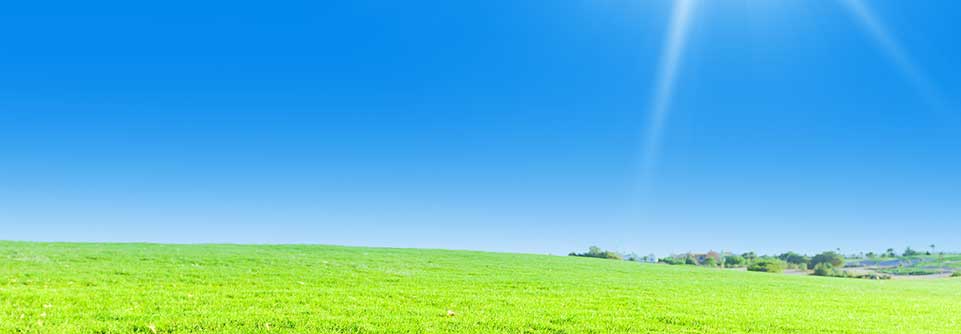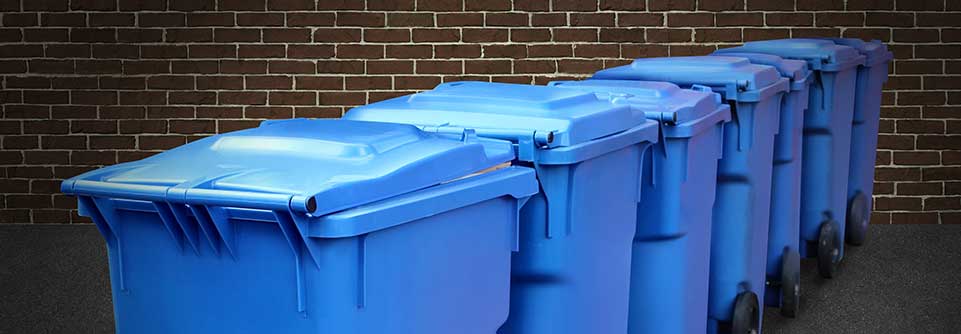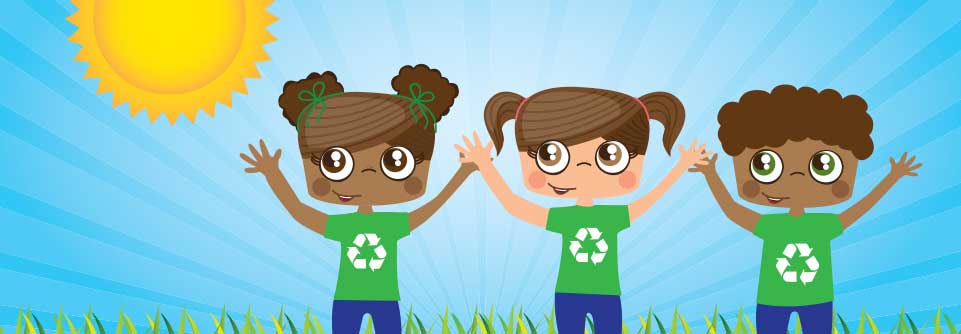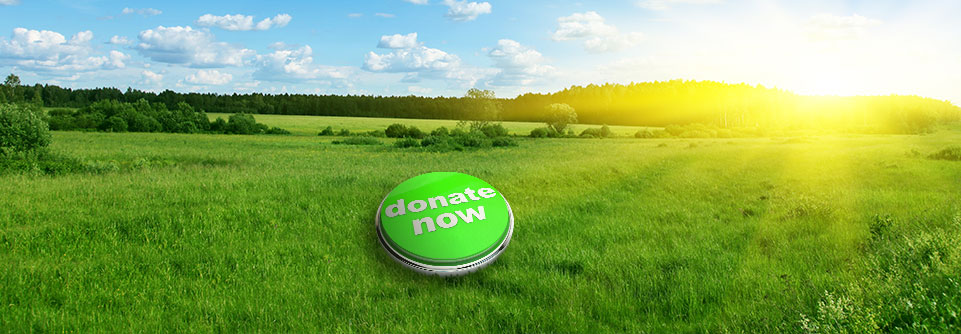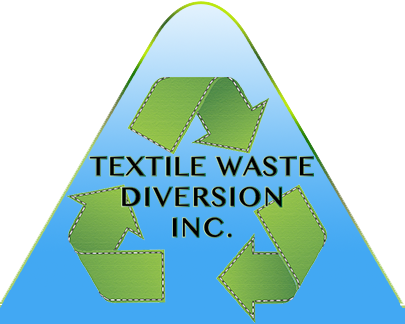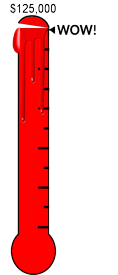
Thanks to your support, we were able to donate $125,000 to Canadian registered charities.
York Region & City Of Markham are the Sultans of Green!
by Textile Waste Diversion Inc.

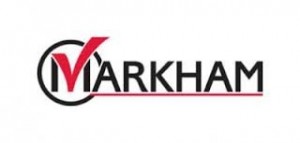
Today we were honoured to be one of several stakeholders invited to be a panel member at a very enlightening workshop hosted by York Region & City Of Markham called Textile Reuse & Recycling.
York Region and City Of Markham have always been dedicated to green initiatives and the thoroughness and level of understanding they have about waste diversion, and our particular industry challenges makes conversations with their representatives refreshingly productive and solutions oriented.
We were there to share our knowledge and expertise on textile recycling, to help find ways of inspiring an increased textile waste diversion rate – a priority for the region and city.
As much as we were there to share our knowledge, we learned a few very insightful things that are sure to be a part of our planning discussions at head office!
We learned that despite the variety of charities and recycling companies operating in York Region that offer a myriad of options including donation bins, depots & home pick-ups, 5% of their garbage stream is still textiles. That equals to approximately 4426 tonnes per year! Considering Markham has one of, if not the highest recycling rate in the province and beyond, we were astounded at that quantity!
York Region/City Of Markham did a study of how families decided what to donate, versus what they disposed of in terms of textiles. We learned that many residents were not aware that more than just ‘last season’s looks-brand-new’ quality can be donated, and that we take WAY more than just clothing. We accept linens, shoes, boots, jackets, coats, blankets, purses in any condition….hey, we’ll even take the stray socks you have stuffed in the corner of your sock drawer! Can’t find the left shoe? Its ok, we’ll take the right one…even if it has a hole in it!
Apparently, the majority of residents are not aware of that. In terms of public awareness, we clearly have some work to do!
What we love about York Region & City Of Markham, is their willingness to act on the information they receive. Studies, panel discussions and focus group results are used to inform council, direct policy, planning and programs. It is this willingness to act that makes both York Region & City Of Markham in particular, leaders in the greening of communities. They are an exemplary model that other cities should seriously consider emulating.
We work with bylaw and waste management departments in municipalities across the province, and Markham is always the strictest, but also the most progressive and well organized of them all. York Region’s dedication to waste diversion is evident in the lengths they go to inspire positive change and public awareness. Both definitely earn the Sultans Of Green Status!
